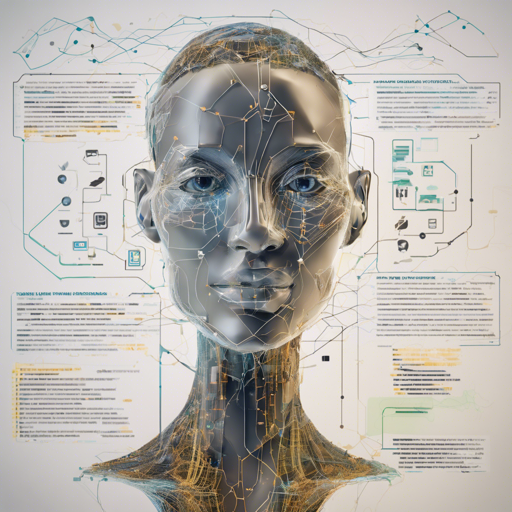Diving deep into the realm of Natural Language Processing (NLP), we present the xlm-roberta-base-sadilar-ner model—a groundbreaking Named Entity Recognition (NER) tool designed specifically for 10 South African languages, achieved through a fine-tuned XLM-RoBERTa large model. This model offers state-of-the-art performance in recognizing key entities such as locations, organizations, and persons.
What is Named Entity Recognition?
Named Entity Recognition is like identifying the key players in a story: it helps systems understand and categorize words into predefined classes such as names, places, or organizations, allowing more meaningful processing of text.
Model Description
This model leads the way as the first of its kind tailored for languages such as Afrikaans, isiNdebele, isiXhosa, isiZulu, Sepedi, Sesotho, Setswana, siSwati, Tshivenda, and Xitsonga. It utilizes an aggregation of datasets from SADILAR designed for NER tasks.
How to Use the Model
Implementing this model with the Transformers’ pipeline for NER is straightforward. Think of the model as a conductor of an orchestra, each component (tokenizer, model, and pipeline) playing a crucial role to seamlessly extract information from text.
Step-by-Step Guide
- Import the Necessary Libraries:
Start by importing the tokenizer and model for token classification.
from transformers import AutoTokenizer, AutoModelForTokenClassification, pipelineNext, initialize the tokenizer and model.
tokenizer = AutoTokenizer.from_pretrained("Davlan/xlm-roberta-base-sadilar-ner")model = AutoModelForTokenClassification.from_pretrained("Davlan/xlm-roberta-base-sadilar-ner")With the model and tokenizer loaded, create a pipeline for NER.
nlp = pipeline("ner", model=model, tokenizer=tokenizer)Finally, you can run your text through the model. For instance:
example = "Kuchaza kona ukuthi uMengameli uMnuz Cyril Ramaphosa, usebatshelile ukuthi uzosikhipha maduze isitifiketi."
ner_results = nlp(example)
print(ner_results)Limitations and Bias
Despite its prowess, the model’s functionality is confined to the specifics of its training data, which was derived from a limited span of news articles. Consequently, it may not generalize well across various real-world contexts and domains.
Key Features of the Training Data
The training dataset plays a pivotal role in adequately recognizing named entities; it distinguishes between the beginning and continuation of an entity, ensuring precise classification even when entities of the same type are back-to-back. It categorizes tokens into classes such as:
O– Outside of a named entityB-PER– Beginning of a person’s nameI-PER– Continuation of person’s nameB-ORG– Beginning of organizationI-ORG– Continuation of organizationB-LOC– Beginning of locationI-LOC– Continuation of location
Troubleshooting Ideas
If you encounter any issues while using the model, consider the following troubleshooting steps:
- Ensure you have the necessary libraries installed.
- Check the model name for typographical errors.
- Confirm your internet connection if loading models from Hugging Face fails.
For more insights, updates, or to collaborate on AI development projects, stay connected with fxis.ai.
Conclusion
In conclusion, the xlm-roberta-base-sadilar-ner model is a significant step forward in multilingual NER capabilities, particularly for South African languages. With its potential applications spanning from information extraction to enhancing communication, it holds the promise of a more insightful understanding of varied linguistic constructs.
At fxis.ai, we believe that such advancements are crucial for the future of AI, as they enable more comprehensive and effective solutions. Our team is continually exploring new methodologies to push the envelope in artificial intelligence, ensuring that our clients benefit from the latest technological innovations.

